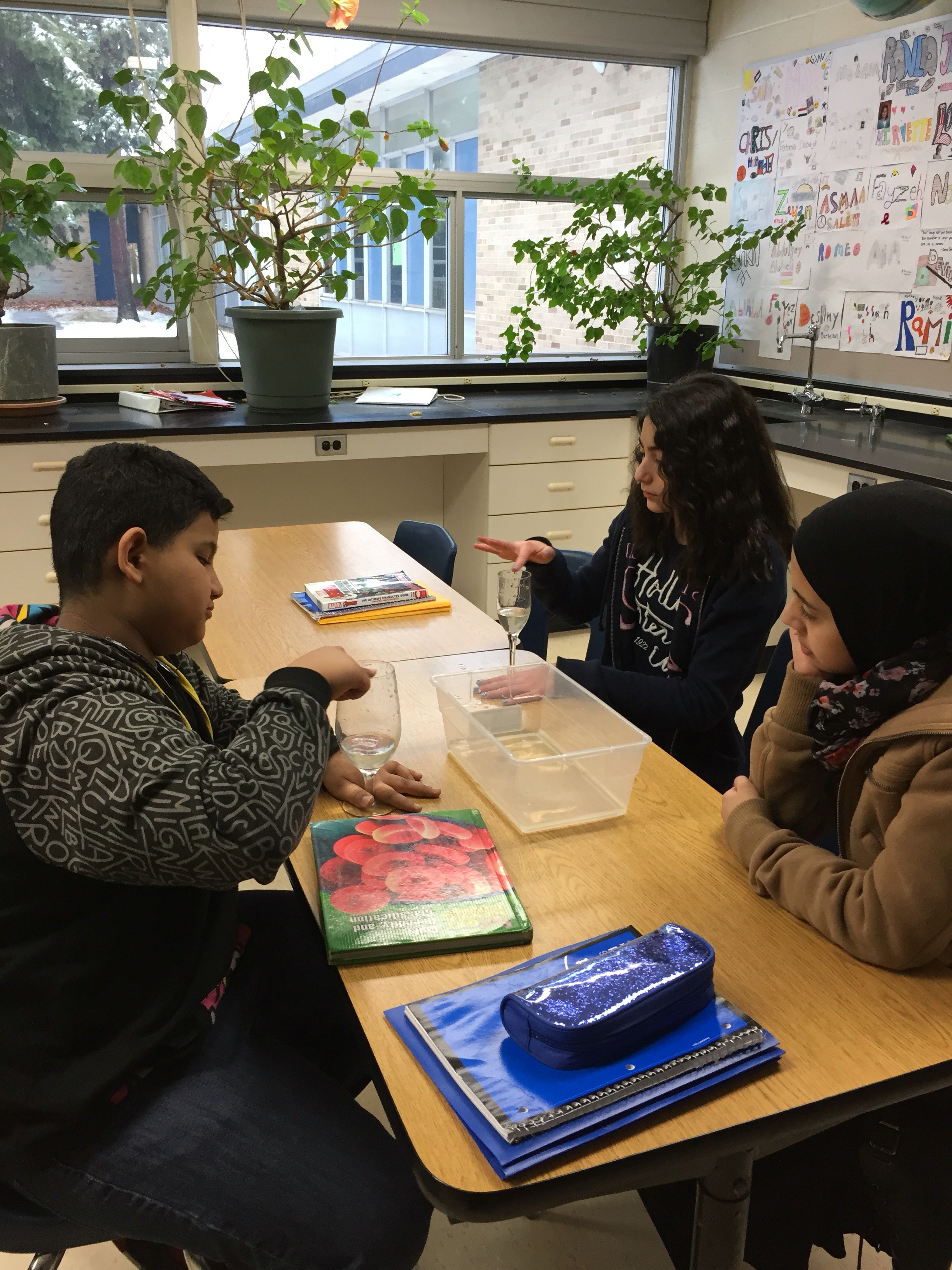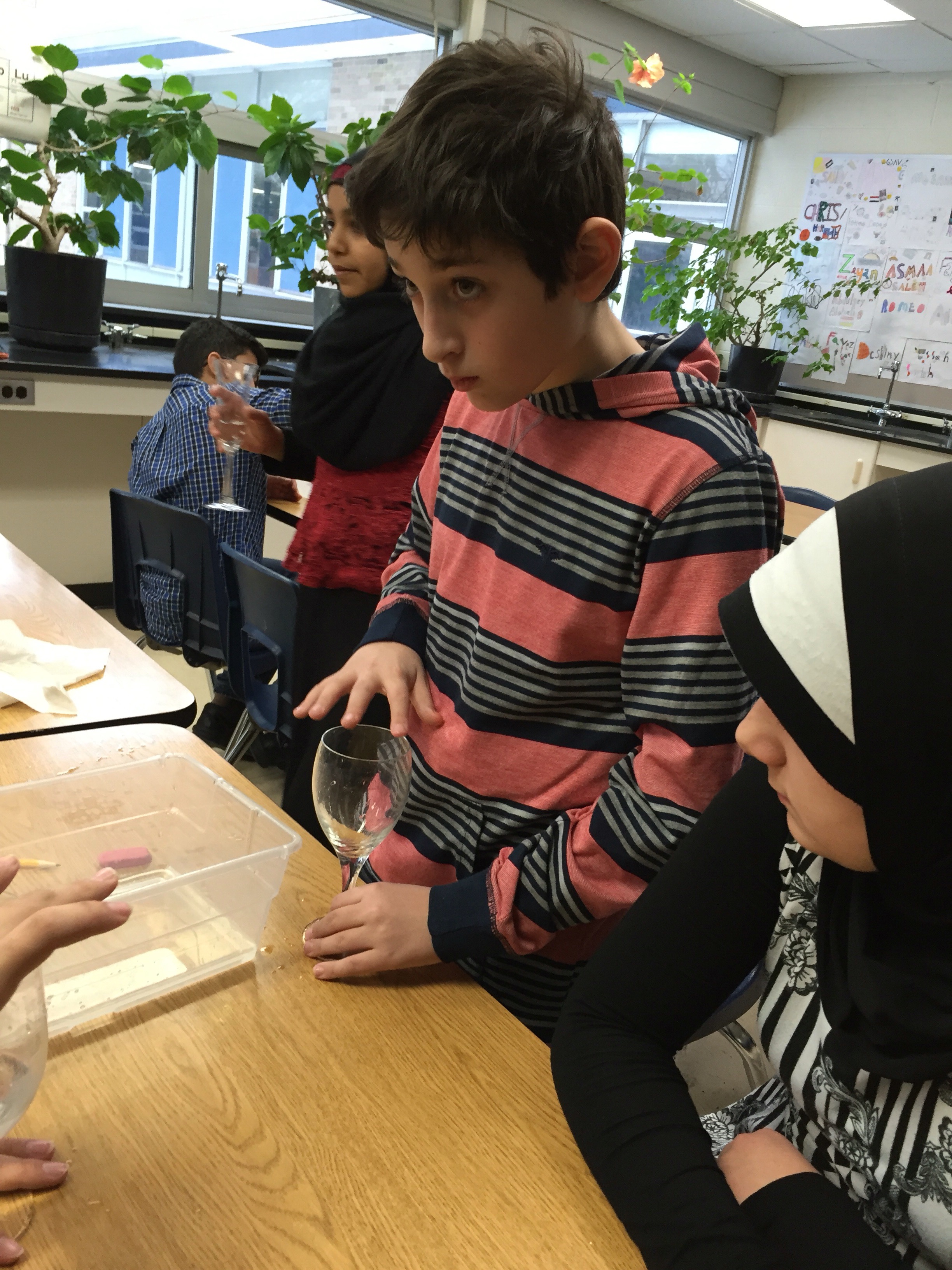Content Objective
Students will demonstrate knowledge of the processes of photosynthesis and cellular respiration.
L.OL.07.23 Describe how cells in all multicellular organisms are specialized to take in nutrients, which they use to provide energy for the work that cells do and to make
the materials that a cell or organism needs.
L.OL.07.24 Recognize that cells function in a similar way in all organisms.
Language Objective
Students will write to describe processes of photosynthesis and cellular respiration by using a Google Docs assignment while observing video clips.
HOMEWORK – None


